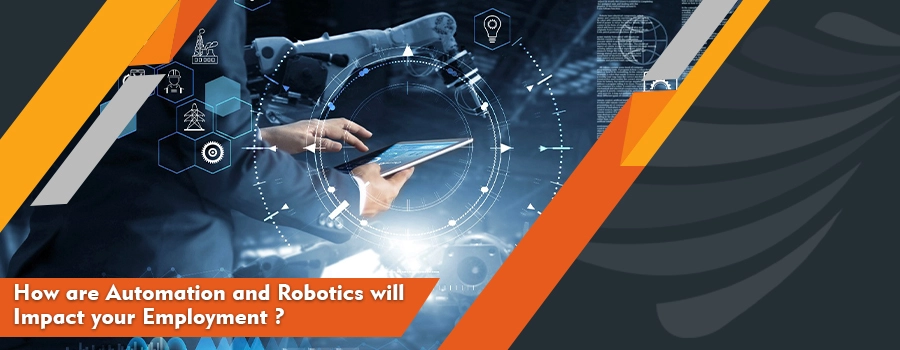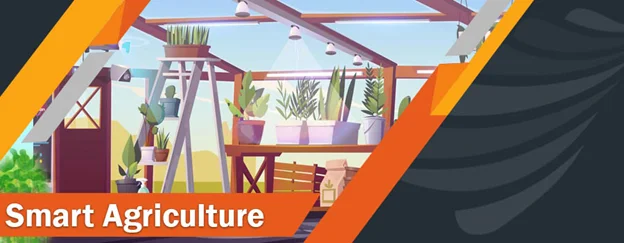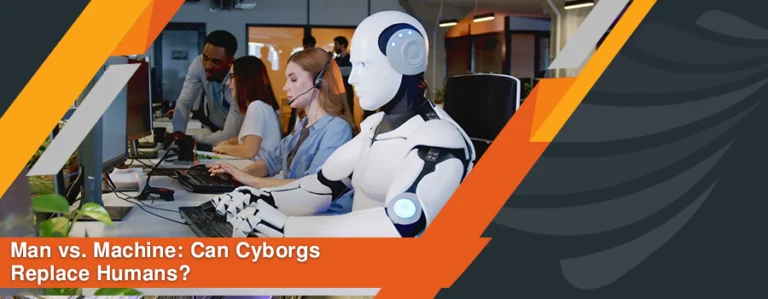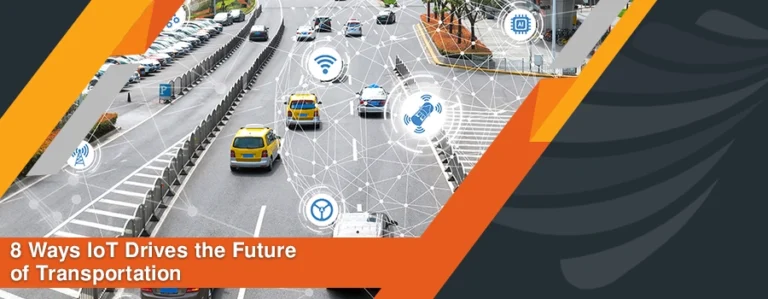With the emergence of artificial intelligence and robotics, the workplace is transforming drastically. The technological advancement and adoption of automation and robotics benefit mankind greatly by increasing productivity and efficiency while increasing overall corporate performance. The development of robotics in any working sector tends to improve its progress report by preventing errors, delays, and inaccuracies caused by the human labor force.
However, there has been some serious speculation that the rapid growth and integration of automation and robotics in the professional sphere can lead to joblessness. It is inferred that a larger portion of the human force can face the situation of joblessness after being replaced by automated and intelligent robots at the workplace.
Furthermore, robotics and automation engineering will change the operations and workings of different sectors. Below are several sectors that can greatly transform by utilizing different applications of IoT and innovations in the automation industry while having multiple effects on the nature of the labor force.
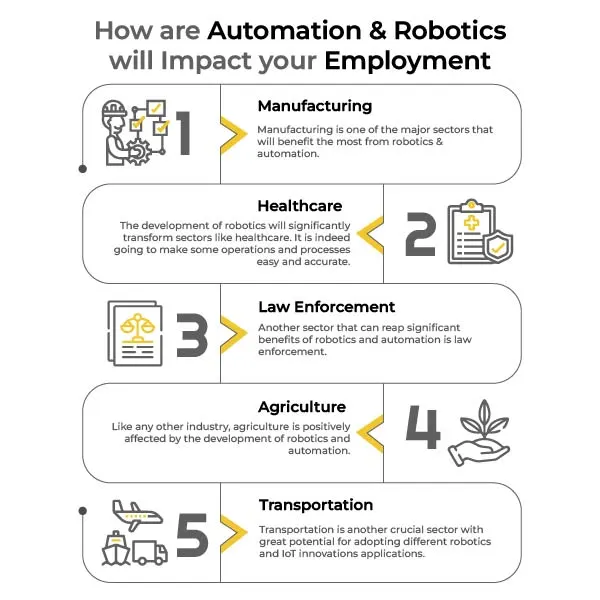
• Manufacturing
Manufacturing is one of the major sectors that will benefit the most from robotics and automation. For instance, many intelligent robotic arms and automated solutions are finding their way into the automotive and manufacturing industry. Special AI-enabled solutions are being utilized in place of human labor to assemble big and complex machines. This increases the efficiency of the operation by completing a task without any delay and error. In addition, this will reduce the need for the human labor force that possesses basic cognitive skills. Instead, the need for human resources like engineers, programmers, etc., with specialized technical knowledge will significantly increase.
• Healthcare
The development of robotics will significantly transform sectors like healthcare. It is indeed going to make some operations and processes easy and accurate. This will increase the probability of saving lives and curing terminal diseases like cancer. Robotic development has shown promising signs as smart robotic arms perform complex operations. For example, highly sophisticated machines are used for X-rays and full body scans that help the doctor make an accurate diagnosis. At the same time, advanced methodology and machinery are being used for research and development purposes to cure ailments like cancer and other terminal diseases. This may show that robots might replace doctors in the future. However, if we look closely, this sector will always require adequately emotional and high cognitive skills personnel. In other words, integrating IoT innovations in these sectors will be complementary, easing the diagnosis and medical procedures for the doctor while highly ensuring an error-free atmosphere.
• Law Enforcement
Another sector that can reap significant benefits of robotics and automation is law enforcement. Hollywood depictions of robots taking over the world by acting as police officers are an overstatement and a brag. Integration of AI-enabled innovations will not cause joblessness among human law enforcers. Rather, it is going to save and prevent the loss of life. For instance, smart robots are used for bomb disposal, mine clearance, surveillance, etc. Also, many IoT innovations and solutions are developed concerning surveillance that can help patrol and run vehicle license plates easily. OLIOS is a smart solution that helps run the license plate of parked vehicles. With the help of smart sensors, it can run the record from the registration number and analyze the vehicle’s legal status within a few seconds. This ensures holistic security and citizen protection while helping recover the stolen vehicles or fighting against organized crimes and terrorism.
• Agriculture
Like any other industry, agriculture is positively affected by the development of robotics and automation. With the consistent increase in the population worldwide, the necessity for food is also increasing. Thus, the agriculture sector must incorporate IoT innovation and smart solutions. Also, this means that the physical and manual labor of the farmer will decrease while the technical and smart knowledge will be promoted. Hence, many farmers are utilizing many automated sensors for smart farming. This helps in the accurate dispersal of water on the crop, helping in the efficient growth of the field. In addition, with modern technology, farmers can get accurate weather forecasting analysis, helping them make better decisions in saving their flies from floods and increasing the yield of their crops.
• Transportation
Transportation is another crucial sector with great potential for adopting different robotics and IoT innovations applications. Even as of now, multiple successful autonomous vehicles have been introduced in the market that, with the help of AI and smart engineering, are redefining the purpose of a driver. Indeed, the development of robotics and automation has enabled people to witness smart, automated self-driven vehicles globally shortly. Moreover, it is not only just about autonomous vehicles. But multiple IoT innovations also have been developed for smart asset tracking purposes in the transportation sector. For instance, TrackPro, with the help of smart sensors, helps keep track of different assets and resources, from simple tools to huge movable fleets. This may seem to lead to jobless situations for many workers. However, in reality, opportunities for advanced tech-savvy workers will be increased to handle such innovations. Vacancies for engineers of different sorts and smart fleet managers will be available in the market.
Nevertheless, IoT in transportation can be very beneficial in the form of smart parking systems like ParkSmart, which helps the driver easily locate an empty parking spot via a mobile app. This reduces extra traffic on the road and provides hassle-free car parking-preventing any possibility of traffic congestion. Seemingly, to make transportation better, automated street lighting and smart traffic signals can be utilized to make it energy-efficient while ensuring less chance of accidents on the roads.
Should you be worried about your job then?
Robots and automated IoT innovations will likely enhance the working and operation of different sectors. The business owner’s faction will instill them to ensure uninterrupted progress, profit, and prosperity. Indeed, the fear of a boom in the integration of automation and robotics in the workplace is justifiable.
Nevertheless, IoT innovations and automation in different businesses will not entirely cause a massive jobless situation. Rather, it will increase their skill set and proficiency by making them tech savvy. It is pertinent to say that the future will be influenced by Artificial Intelligence, IoT innovation, automation, and robotics. Hence, human labor will become more proficient in their qualifications and skills. The advancement in IT may cut off the large ratio of physical and manual work but will require them to possess technological and higher cognitive skills.
As per a study by McKinsey, there will be a 90 percent definite need for people or labor force that possess advanced IT and programming skills by 2030. This shows that the job opportunities will be there but only for those who are adaptive, innovative, and possess a fine quality of technical skills. This further hints that the physical and manual proficiencies and competence will be less preferable.
To Sum Up
In a nutshell, assuming that robotics and automation can cause mass unemployment will be a mistake. Instead, the development in robotics and expansion of the automation industry, easing different aspects of our daily life, will require a good proportion of the labor force to cater to its needs. Hence, it will create a significant number of opportunities. The only difference is that the physical or manual skills that used to be required in the past will decline while highly advanced technology-based skills will increasingly be preferred.

